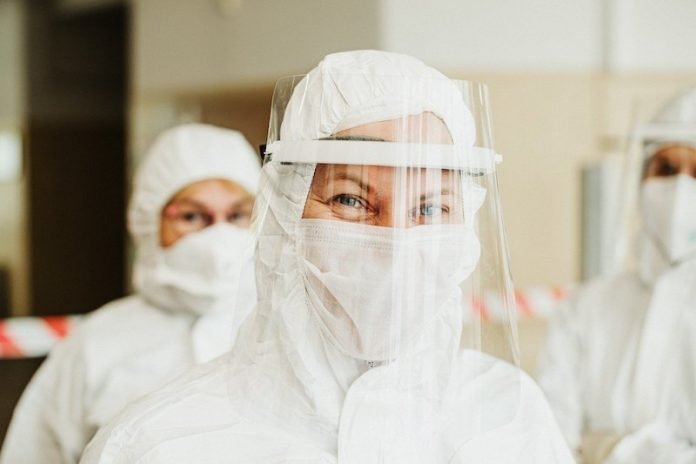
In a new study, researchers found that the number of confirmed COVID-19 cases is likely to increase to 20 million by the end of January, nearly doubling the current level of 11.4 million cases.
The research was conducted by a team at Washington University in St. Louis.
President-elect Joe Biden has signaled that fighting the COVID-19 pandemic will be an immediate priority for his administration.
He recently announced a coronavirus advisory board of infectious disease researchers and former public health advisers along with an updated strategy that will include increases in testing and contact tracing, as well as transparent communication.
But Inauguration Day is still two months away.
In the study, the team used a COVID-19 forecasting model to predict the number of COVID-19 cases in the near future.
The model had accurately forecasted the rate of COVID-19 growth over the summer of 2020.
One of the key reasons for the increased accuracy of this model over other COVID-19 forecasts is that this model accounts for the fact that people live in interconnected social networks rather than interacting mostly with random groups of strangers.
This allows the model to forecast that growth will not continue at exponential rates for long periods of time, as classic COVID-19 forecasts predict.
An interactive online version of the model also allows users to observe the impact different levels of social distancing will have on the spread of COVID-19.
The current social distancing reflects an approximate 60% return to normalcy, as compared with the level of social distancing before the pandemic.
The team says if people continue, as a nation, at the current level of social distancing, the model forecasts that we are likely to reach 20 million cases before the end of January 2021.
Even small increases in social distancing can have a large effect on the number of cases we observe in the next two and a half months.
Going back to a 50% return to normalcy, which was the average level of distancing in early August, would likely result in 5 million fewer cases by the end of January.
However, the researchers caution that this is likely a conservative estimate due to increased testing and the upcoming holidays.
The upcoming holiday seasons will present a great deal of uncertainty to the outlook of the pandemic as people travel more at the end of the year.
This will likely make their forecast an optimistic one.
One author of the study is Olin Business School’s Meng Liu, an assistant professor of marketing.
The study is published in Scientific Reports.
Copyright © 2020 Knowridge Science Report. All rights reserved.



